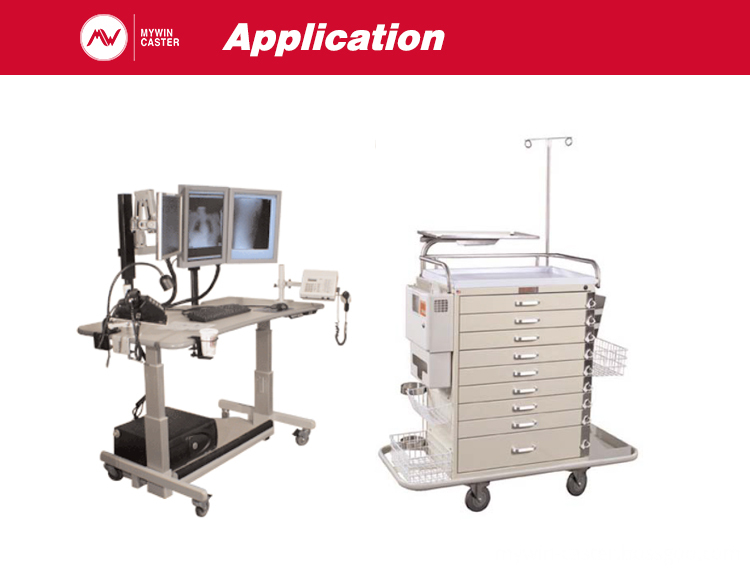Australian mining giant Rio Tinto stated that iron ore prices will fluctuate in the first half of this year due to the slowdown in Chinese demand and the uncertain outlook for global economic growth due to the European debt crisis.
Sam Walsh, chief executive of Rio Tinto's iron ore business, said that due to the European debt crisis, global steel mills cut output in the fourth quarter of last year and China’s credit policy tightened. Iron ore prices have fallen sharply. Although the mine price has rebounded since the beginning of this year, it has once again weakened in the near future and is expected to continue to fluctuate in the coming months.
Walsh said that the global economic outlook is uncertain and China's economy is showing signs of slowing, but demand for iron ore remains strong. The growth in steel demand in China and other developing countries will continue to support the long-term demand for iron ore. Demand for iron ore in China alone is expected to increase by at least 100 million tons per year over the next eight years. Rio Tinto plans to provide a quarter of the supply to this increased demand.
The Rio Tinto Pilbara iron ore production capacity will increase by 5 million tons this quarter, which means that the annual production capacity will increase to 230 million tons. The company continues to push forward plans to increase its annual production capacity to 283 million tons in mid-2013 according to plan and budget, and seeks to raise the annual output to 353 million tons by the middle of 2015, competing with other miners such as BHP Billiton.
Walsh said that it will maintain low-cost production during the expansion process, which is an advantage compared to other mining companies that also want to use China's strong demand. Due to lack of funds, lack of specialized mining technologies, rising resource nationalism and other issues, some companies claim that expansion plans may not necessarily translate into additional market supply.
Rio Tinto announced earlier this week that it will invest US$518 million to build a driverless train transportation system for its 1,500-kilometre iron ore railway network in Western Australia to increase its transportation capacity and meet the demand for expansion. Earlier this month the company also approved a $3.4 billion expansion of the West Australian iron ore mine as part of its plan to increase its annual capacity to 283 million tons by the middle of 2013.
The material of conductive caster is TPR + conductive agent. According to the load capacity. it could be divided into Medium Duty Conductive Caster wheels and heavy duty Conductive Casters. Medium duty has 3inch, 4inch, 5inch. And the load capacity of medium duty is 60-110kg, namely 132-242 pounds. Heavy duty conductive caster has 4inch, 5inch, 6inch, 8inch, and the load capacity range is 80kg-165kg, namely 176-363 pounds. There are many mounting types. For example, fixed/rigid, plate swivel, plate swivel with brake, threaded swivel, threaded swivel with brake, bolt hole swivel, bolt hole swivel with brake and so on. For the bearing we match is 6001 double bearing or annular bearing.

Conductive Casters
Conductive Casters, Medium Duty Conductive Caster, Heavy Duty Conductive Caster Wheel, TPR Conductive Caster
Ningbo Mywin Caster Co., Ltd. , http://www.mywin-caster.com